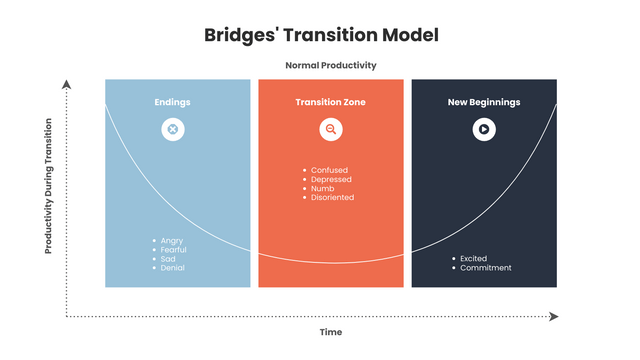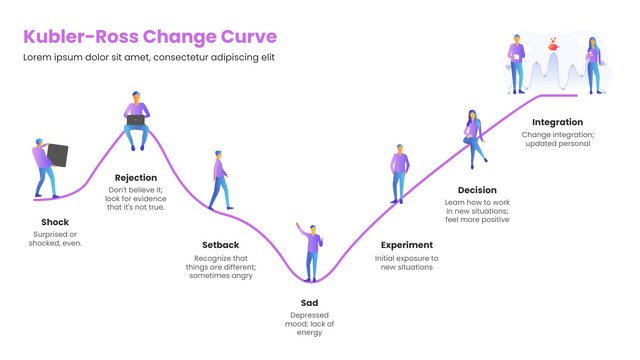What is Bridges Transition Model? Change vs Transition Explained
The Bridge Transition Model, which focuses on transition rather than change. The idea of focusing on transition rather than change is not only a matter of wording, but it also devises an entirely different approach to change management. Only when leaders and organizations solve the transformation problems encountered by people in the process of change can change succeed. If the change is to be carried out as planned, the key is to support people to realize the transformation, rather than forcibly complete the transformation. This is the key to taking advantage of innovation opportunities and creating organizational flexibility.




